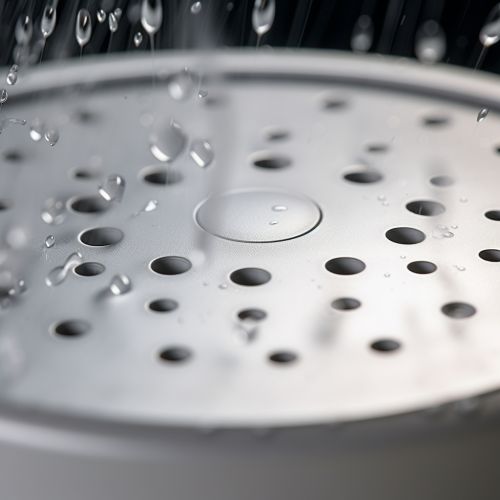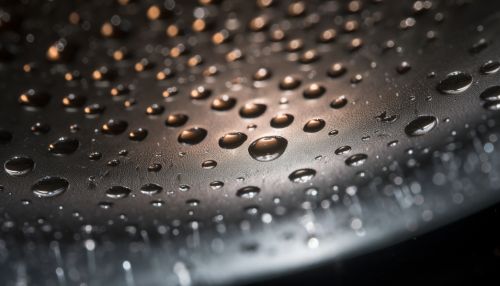Low-flow showerhead
Introduction
A low-flow showerhead is a type of shower fixture designed to limit the amount of water that flows through it, thereby conserving water. These showerheads are a popular choice for environmentally-conscious consumers and are often recommended as a way to reduce water usage in the home. They operate by restricting the water flow to a rate of less than 2.5 gallons per minute (gpm) at a water pressure of 80 pounds per square inch (psi), compared to standard showerheads which typically have a flow rate of 5 gpm or more.


Design and Function
Low-flow showerheads come in two main designs: aerating and non-aerating. Aerating showerheads mix air with water, forming a misty spray. This type of showerhead maintains a steady pressure and temperature, providing a consistent shower experience. However, because they mix air with water, they can cause more steam and moisture to be produced, which may not be ideal in humid climates or poorly ventilated bathrooms.
Non-aerating showerheads, on the other hand, do not mix air with water. They produce a strong, pulsating stream that maintains its heat better than aerating showerheads. This is because they do not expose the water to air, which can cool it down. However, the water pressure may fluctuate with these types of showerheads.
Benefits of Low-Flow Showerheads
The primary benefit of low-flow showerheads is water conservation. By reducing the amount of water used in each shower, these fixtures can significantly decrease a household's overall water consumption. This not only benefits the environment by conserving a valuable resource, but it can also result in significant cost savings on water bills.
In addition to water conservation, low-flow showerheads can also contribute to energy savings. Less water usage means less water to heat, which can reduce the energy required for a home's water heater. This can translate into additional cost savings on energy bills.
Furthermore, low-flow showerheads may also contribute to improved water pressure. By restricting the flow of water, these showerheads can often provide a more forceful shower experience than traditional high-flow showerheads.
Installation and Maintenance
Installing a low-flow showerhead is typically a simple process that can be done without the need for professional assistance. Most low-flow showerheads are designed to fit standard shower arms and can be installed with basic tools.
Maintenance of low-flow showerheads involves regular cleaning to prevent the buildup of mineral deposits, which can affect the flow of water. Some models come with self-cleaning features for ease of maintenance.
Considerations When Choosing a Low-Flow Showerhead
When choosing a low-flow showerhead, it's important to consider factors such as the showerhead's flow rate, whether it is aerating or non-aerating, its pressure, and its spray pattern. The choice of a low-flow showerhead may also depend on personal preferences and the specific needs of the household.
Environmental Impact
The use of low-flow showerheads can have a significant impact on water conservation efforts. By reducing the amount of water used in showers, these fixtures can help to conserve a valuable resource and reduce the demand on water treatment facilities. Additionally, the energy savings associated with using less hot water can also contribute to a reduction in greenhouse gas emissions.
